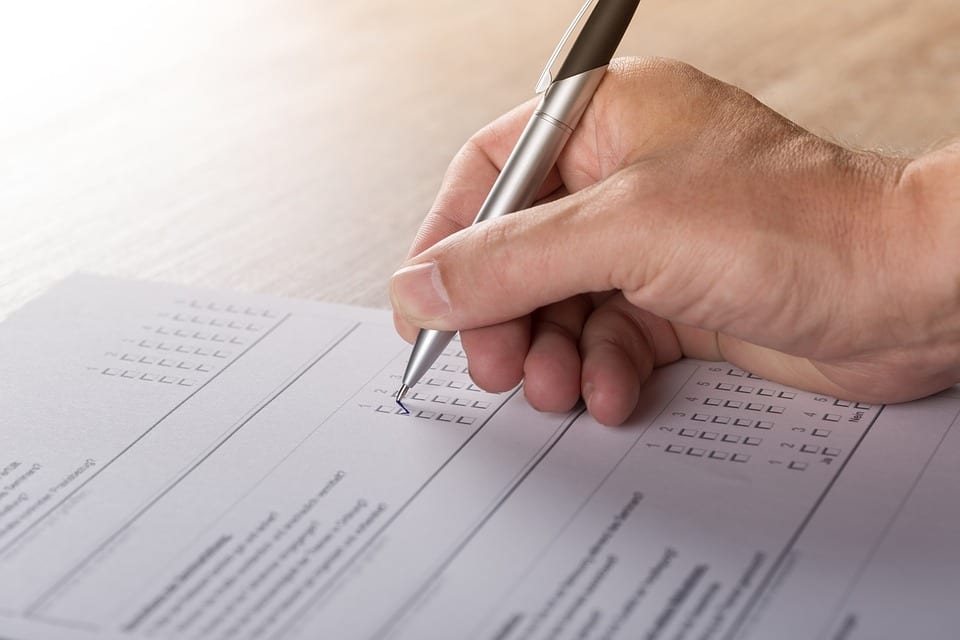By Maryam Hamid
Is New Zealand’s electoral system delivering? Maryam Hamid investigates.
The 2011 General Election in New Zealand saw the lowest turnout of voters since 1887 – when women didn’t even have the right to cast a ballot. At just 69.67% turnout, it has been quoted as “the lowest ever experienced in the country under conditions of full adult suffrage”.
Voting remains the hallmark of citizen participation in politics, linking them to the actions of policy makers. So when scholars express concern that low voter turnout is an unresolved dilemma for democracies that lead to growing inequalities and socioeconomic biases, the value of the vote becomes even more integral.
Kiwis currently have a proportional representational electoral system, which studies show boost voter turnout. So why the flop?
From 1853 to 1996, New Zealand operated under a First Past the Post (FPP) system, the world’s oldest and most simple electoral process. As the name may imply, the winner takes all in a form of preferential voting where electorates were single-member constituencies, and the country is run by a single-party with little to no competition, checks, or balances.
Research indicates disproportionate outcomes between number of votes and seats rewarded in plurality systems actually disenfranchises voters, as they feel their vote does not matter. The election outcomes of 1978 and 1981 reflected this disproportionality, when the opposition party (Labour) at the time won more votes overall but gained less seats. Minor parties were also excluded, like the Social Credit party who won 20% of the party vote, but was only rewarded with 2 seats in parliament.
In response to brewing disillusionment with the system after these election outcomes, in 1986 the Royal Commission on the Electoral System convened an inquiry into an alternative electoral process to suit New Zealand.
The recommendation was a Mixed-Member Proportional (MMP) system, a type of proportional representation (PR) that garners high voter turnout by focusing on the inclusion of “minority voices” in Parliament and the principles of fairness and equity.
In a binding referendum in 1992, a decisive 85% voted for a change to MMP. The first election in 1996 to use this system had a 1.7% increased turnout at the polling booths, validating this change.
As a multi-party system offers more choice to the voter and therefore “mobilises a wider diversity of interest”, voter participation is expected to rise. Small parties can form governments by entering into coalitions or confidence agreements with each other, showcasing representation across the political spectrum.
Studies have also found that “close races” increase voter turnout as competition sparks the desire to win. Also, as each vote is of equal value, any extra party votes can increase a party’s seat share in Parliament. As a result, fewer votes are wasted under this system, and voting is seen to be “satisfying” and worth it.
The General Election of 2017 featured both diversity and competitiveness. Voter turnout was 79.01%, showing a considerable increase of across the 18 – 34 year old age bracket, and the two major parties needed a coalition partner to form a government. So, every vote did count.
Critics of MMP however worry that any more than two parties to govern is antagonistic of a stable and effective government, and argue that while multi-party systems may deliver diversity to Parliament, it isn’t truly democratic when elites in political parties determine the composition of government coalitions, rather than the voters.
However the easy certainties of “elective dictatorships” appeared to be a deterrent for voters in the 2011 General Election, as the Electoral Commission released a report showing that 31% of respondents stated their reason for not voting was because “it was obvious who would win so why bother”. This rang true in the election results, rewarding National with a near single-party majority of 59 seats in a Parliament with 121 seats with overhang. Their seat share grew by one in the 2014 General Election.
However proponents for MMP argue that those who prefer majoritarian rule miss the crux of a truly proportionally representative Parliament, and that is the “fundamental failure to grasp the essence of consensus politics” and that collaboration, equity and engagement really does matter in New Zealand.
Maryam Hamid is a postgraduate student in Politics and International Relations at the University of Auckland.
Disclaimer: The ideas expressed in this article reflect the author’s views and not necessarily the views of The Big Q.

